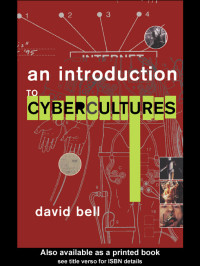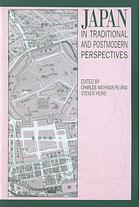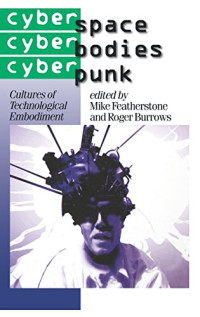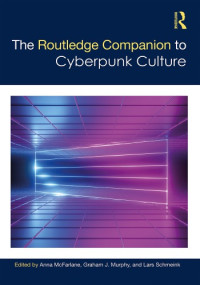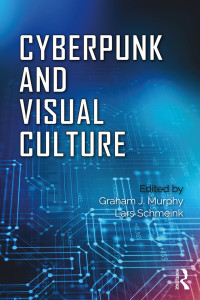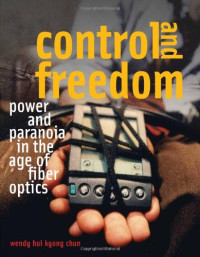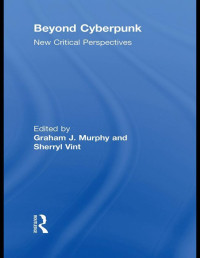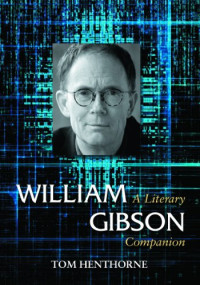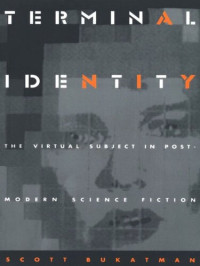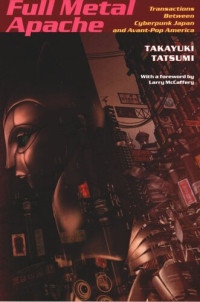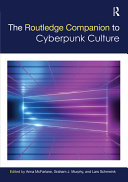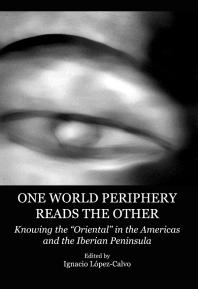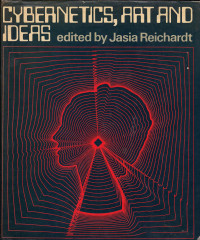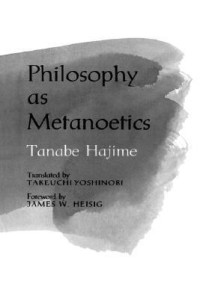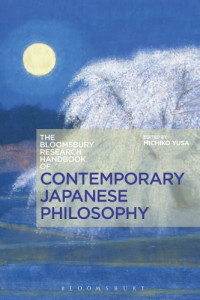
Postmodern orientalism : William Gibson, cyberpunk and Japan
Leonard Patrick Sanders
Taking the works of William Gibson as its point of focus, this thesis considers cyberpunk’s expansion from an emphatically literary moment in the mid 1980s into a broader multimedia cultural phenomenon. It examines the representation of racial differences, and the formulation of global economic spaces and flows which structure the reception and production of cultural practices. These developments are construed in relation to ongoing debates around Japan’s identity and otherness in terms of both deviations from and congruities with the West (notably America). To account for these developments, this thesis adopts a theoretical framework informed by both postmodernism as the “cultural dominant” of late capitalism (Jameson), and orientalism, those discursive structures which produce the reified polarities of East versus West (Said). Cyberpunk thus exhibits the characteristics of an orientalised postmodernism, as it imagines a world in which multinational corporations characterised as Japanese zaibatsu control global economies, and the excess of accumulated garbage is figured in the trope of gomi. It is also postmodernised orientalism, in its nostalgic reconstruction of scenes from the residue of imperialism, its deployment of figures of “cross-ethnic representation” (Chow) like the Eurasian, and its expressions of a purely fantasmatic experience of the Orient, as in the evocation of cyberspace. In distinction from modern or Saidean orientalism, postmodern orientalism not only allows but is characterized by reciprocal causality. This describes uneven, paradoxical, interconnected and mutually implicated cultural transactions at the threshold of East-West relations. The thesis explores this by first examining cyberpunk’s unremarked relationship with countercultural formations (rock music), practices (drugs) and manifestations of Oriental otherness in popular culture. The emphasis in the remainder of the thesis shifts towards how cyberpunk maps new technologies onto physical and imaginative “bodies” and geographies: the figuration of the cyborg, prosthetic interventions, and the evolution of cyberspace in tandem with multimedia innovations such as videogames. Cyberpunk then can best be understood as a conjunction of seemingly disparate experiences: on the one hand the postmodern dislocations and vertiginous moments of estrangement offset by instances of intense connectivity in relation to the virtual, the relocation to the “distanceless home” of cyberspace. As such it is an ever-expanding phenomenon which has been productively fused with other youth-culture media, and one with specifically Japanese features (anime, visual kei, and virtual idols).
عام:
2008
الناشر:
Massey University
اللغة:
english
الصفحات:
310
ملف:
PDF, 2.34 MB
IPFS:
,
english, 2008
 Amazon
Amazon  Barnes & Noble
Barnes & Noble  Bookshop.org
Bookshop.org  حول الملفات
حول الملفات المزيد من نتائج البحث
المزيد من نتائج البحث مميزات أخري
مميزات أخري 